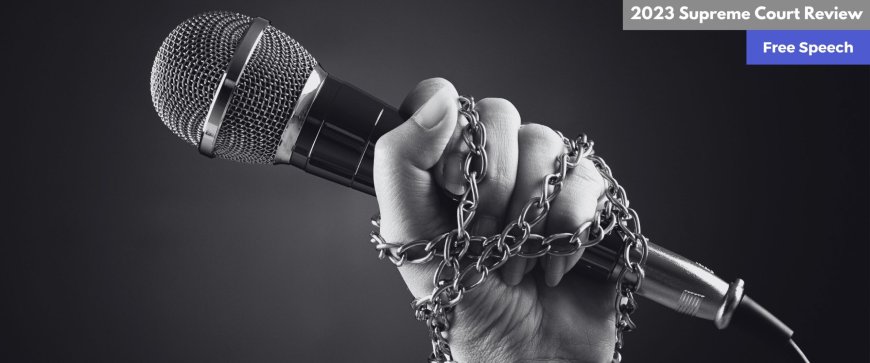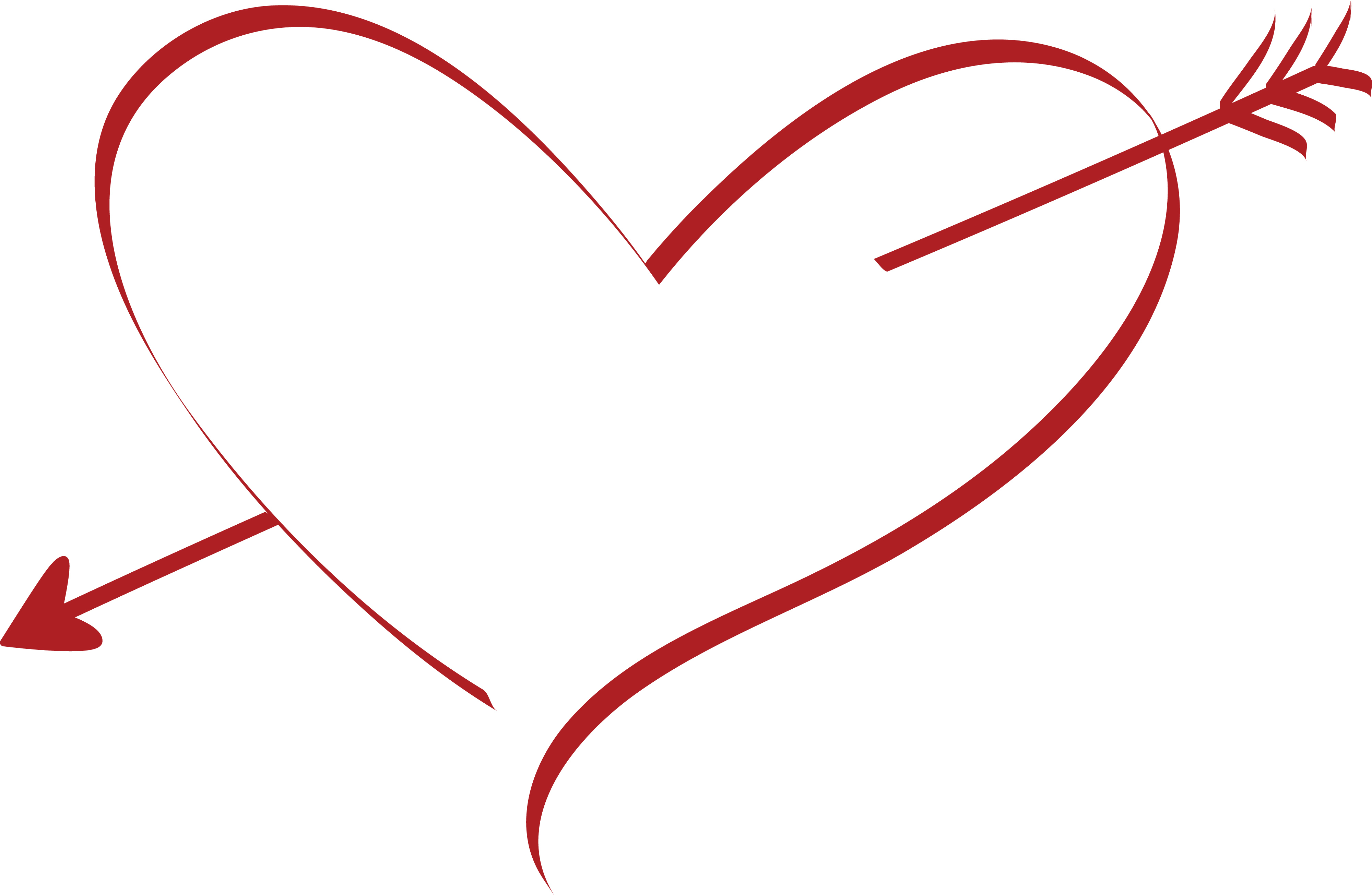Art as Expression: When Creativity Meets Censorship
Art is a powerful conduit for expression, often serving as a mirror to society, a protest against injustice, or an intimate glimpse into the human experience. From the haunting strokes of Edvard Munch’s “The Scream” to the provocative installations of Ai Weiwei, art has been instrumental in challenging the status quo and provoking conversations that are often uncomfortable yet necessary. However, the interplay between creativity and censorship introduces a complex dynamic that raises critical questions about freedom, identity, and the very nature of expression itself.

When Creativity Meets Censorship
Art is a powerful conduit for expression, often serving as a mirror to society, a protest against injustice, or an intimate glimpse into the human experience. From the haunting strokes of Edvard Munch’s “The Scream” to the provocative installations of Ai Weiwei, art has been instrumental in challenging the status quo and provoking conversations that are often uncomfortable yet necessary. However, the interplay between creativity and censorship introduces a complex dynamic that raises critical questions about freedom, identity, and the very nature of expression itself.
The Essence of Artistic Expression
At its heart, art is an exploration of the self and the world around us. It is an intimate dialogue between the artist and their audience—a channel through which emotions, thoughts, and experiences are conveyed. Consider the heartfelt lyrics of Bob Dylan, whose songs became anthems for social change in the 1960s. Each word, each note, bore the weight of a generation’s aspirations and frustrations. This deep connection between the artist and their audience can create a sense of shared humanity, enabling us to understand perspectives radically different from our own.
Art's power lies in its ability to evoke emotions, challenge ideologies, and ignite revolutionary ideas. Yet, this vibrancy is often threatened by the specter of censorship—where the boundaries of acceptable expression are dictated by societal norms, political agendas, or cultural ideologies.
The Weight of Censorship
Censorship is a formidable barrier that artists frequently encounter. It manifests in various forms: from government-imposed bans on artworks, to self-censorship driven by fear of backlash or ostracization. The implications of censorship are profound—not only does it stifle creative voices, but it also deprives society of critical dialogues that art can facilitate.
In countries like Iran, artists have faced severe repercussions for expressing dissent through their work. The renowned filmmaker Jafar Panahi was arrested and subsequently barred from making films, yet he continues to defy censorship, illustrating that the spirit of creativity is often indomitable. His work, which resonates with the struggles of ordinary Iranians, serves as a testament to the resilience of the human spirit in the face of repression.
Censorship can also take subtler forms. In democratic societies, artwork that critiques the establishment or addresses contentious social issues may still face pushback. This tension calls into question the principles of free expression and the ethical responsibilities of artists. Should they succumb to the pressures of conformity, or should they persist in challenging the boundaries—even if it comes at a cost?
The Emotional Toll on Artists
The conflict between creativity and censorship can take an emotional toll on artists. Many experience a profound sense of isolation, as their voices are muted or disregarded. When Ai Weiwei constructed his artwork “Sunflower Seeds,” made from millions of handcrafted porcelain seeds, it symbolized both individuality and collective experience. Yet, the artist’s subsequent detainment by Chinese authorities exemplifies the dangers faced by those who dare to speak out. For Ai, and many like him, art becomes not just a passion but a means of survival—an act of defiance against a system that seeks to silence them.
Moreover, artists often grapple with the fear of alienating their audience or being misunderstood. This delicate balance between authenticity and acceptance can lead to an internal struggle that compromises their creative integrity. The agony of self-censorship can stifle artistic exploration, causing artists to question their purpose and direction. The emotional weight is palpable, with many revealing feelings of frustration, anger, and despair in their work, capturing the very essence of their struggles.

Finding Hope in Resistance
Despite the challenges posed by censorship, many artists continue to push boundaries and inspire change. The resilience displayed by creators under oppressive regimes reflects a broader human insistence on freedom. In recent years, art has emerged as a beacon of hope and resistance. Activists have utilized street art, music, and digital platforms to assert their voices in ways that transcend traditional boundaries of expression. The vibrant graffiti that adorned the walls of cities during movements like Black Lives Matter serves as a powerful reminder of art’s ability to both document and catalyze social change.
The story of street artist Banksy exemplifies this resilience. His anonymity allows him to critique power structures without fear of retribution, creating art that sparks dialogue globally. His works often blend humor and poignant social commentary, reminding us of the potential for art to illuminate dark corners of society and foster connection among individuals.
A Call for Awareness and Action
As we navigate an increasingly complex world, it is essential to recognize the vital role of art as a form of expression. We must collectively advocate for creative freedoms and resist the forces that seek to silence diverse voices. By supporting artists, engaging with their work, and fostering open dialogue around contentious subjects, we can contribute to an environment where creativity can flourish, unencumbered by the burdens of censorship.
In honoring the raw, authentic expressions of artists, we reaffirm our commitment to understanding and embracing the multifaceted human experience. Art is not just an expression of creativity; it is a testament to our shared humanity, a cry for justice, and an indomitable force for change. We must protect it, for in its survival lies the spirit of freedom—an essential tenet of our society.
Let us not forget the emotional power woven into every brushstroke, note, or sculpted form, and acknowledge that in the fight against censorship, every artistic expression matters.
What's Your Reaction?















































































































